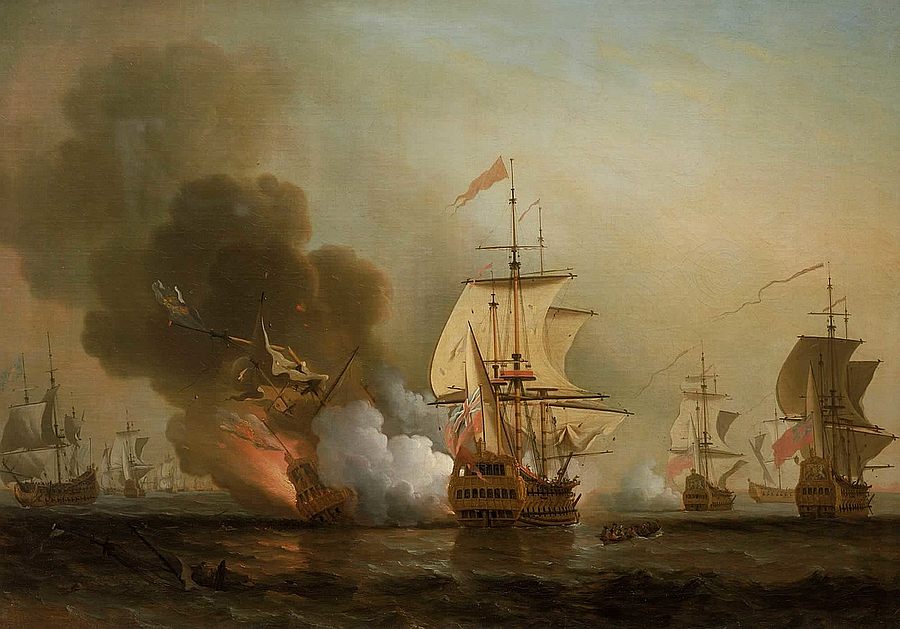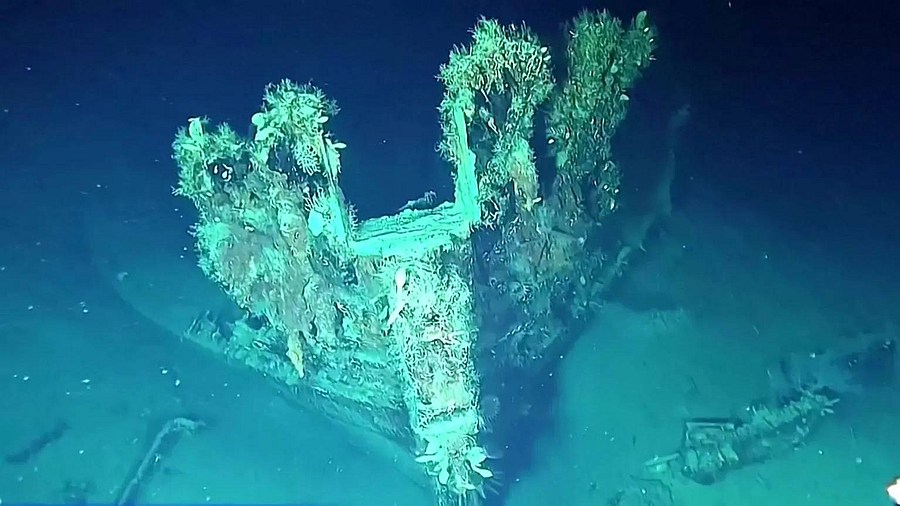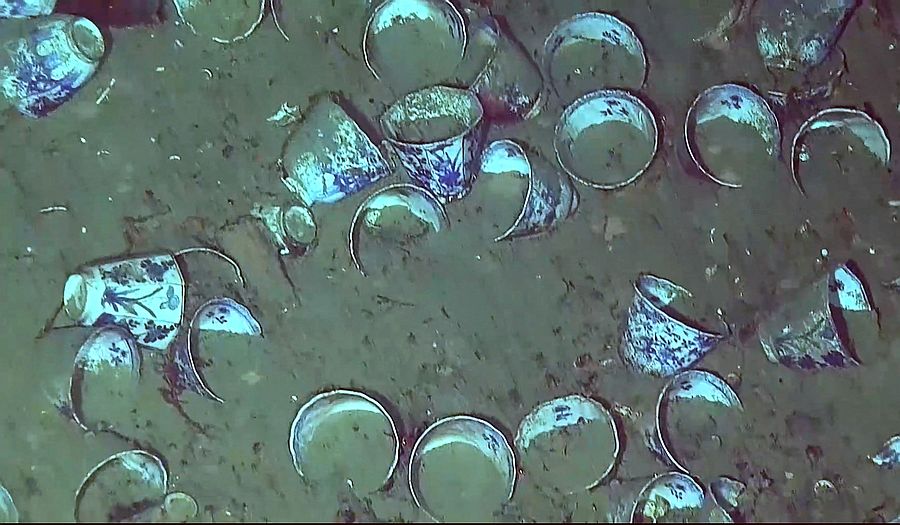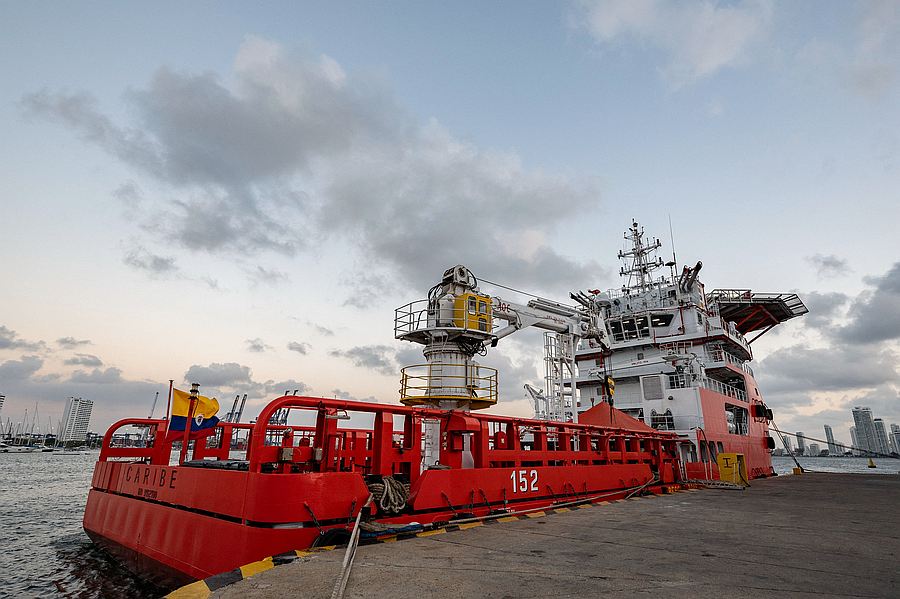Salvaging the sunken ship "Holy Grail" continues to be controversial
Scott Cai
October 8, 2024
[New Sancai Compilation and First Edition] In 1708, the British sank the Spanish galleon "San José" near the Caribbean coast of northern Colombia in South America. At the time, the ship carried billions of dollars worth of gold, silver and emeralds, and was known as the world's most valuable shipwreck.
It was only discovered in the 1980s, but debate continues today over who owns the ship's treasures and what should be done with the wreck.
Both the Colombian and Spanish governments claim ownership of the Chalice. The American salvage company that discovered the wreck, as well as indigenous groups in South America, also claim ownership of the ship. The case is currently being heard by the Permanent Court of Arbitration in The Hague.
Public information shows that the Holy Grail sailed from what is now Panama to the port of Cartagena in Colombia in 1708 and sank on the way. It was originally going to cross the Atlantic from there to Spain, but Spain was at war with Britain at the time and was intercepted halfway by a British warship and sunk with cannonballs.

The "Holy Grail" lay on the seabed until the 1980s, when an American salvage company, Glocca Mora (later known as the Sea Search Fleet), claimed to have found it and tried to persuade Colombians to cooperate in salvage and enjoy the profits. , but could never reach an agreement and fell into legal disputes.
The Spanish government maintains that the Chalice and its cargo remain national property, while indigenous groups in neighboring Bolivia and Peru say they are entitled to a share of the loot because they were taken from the Andes by the Spanish during colonial times. Looted from the mines.
The Colombian government hopes to salvage the wreckage and place it in a museum. Treasure hunters pointed out that the commercial value of this cargo is between 7 billion and 18 billion US dollars.


Some archaeologists say the Holy Grail - and thousands of similar ships scattered around the world - should stay where it is.
Some maritime historians said that the "Holy Grail" was a cemetery and should be respected: about 600 people drowned when the ship sank.
Mexican shipwreck explorer Rodrigo Pacheco Ruiz, who has explored dozens of shipwrecks around the world, believes the Holy Grail should stay where it is.

A Colombian operator released a video of the Holy Grail captured with a diving camera. The video shows that the bow of the wooden boat is covered with marine life, several bronze cannons are scattered on the seabed, and blue and white porcelain and gold coins are sparkling on the seabed.
While the Holy Grail is often described as the Holy Grail of shipwrecks, it is only one of approximately 3 million sunken ships under the sea, according to the United Nations. Often there is little recognition of who owns it, who has the right to explore it, and who has the right to keep it if there is treasure on board.
In 1982, the United Nations adopted the Convention on the Law of the Sea, often called the Constitution of the Sea, but it rarely mentioned shipwrecks. As a result, the United Nations adopted a second set of rules in 2001, the Unesco Underwater Cultural Heritage Convention, which dealt with shipwrecks in more detail, but many countries refused to sign it. Convention, fearing it would weaken the country’s ownership of maritime wealth.
(Author: Gideon Long)
(Compiled by: Bai Ding)
(Editor: Jiang Qiming)
(Source of the article: Compiled and published by New Sancai)
